This is Part 2 in our series on catch and release fishing. In part 1, we looked at the history of catch and release fishing – from where it all started to where we are now and to the unfortunate direction some countries are heading in. In part 2 we are going to make the case for why catch and release is needed and take a look at what the numbers have to say about how effective catch and release fishing really is.
The Need for Catch and Release Fishing
In 2004, the percentage of the global population that participated in recreational fishing was reported at roughly 11.5 percent. That’s more than 710 million anglers worldwide. Based on this figure (a number that has only grown considerably since then) it was estimated that the global recreational capture rates are roughly 47 billion fish per year.
Here in Canada, according to a more recent study published in 2015, over 195 million fish were caught by resident recreational anglers in that year alone.
What does all this mean?
It means that with populations continuing to rise and the number of those interested in angling growing with it, fishing is no longer sustainable in its traditional form. It also means that the role of protecting our fisheries no longer falls purely in the hands of the commercial fishing industry, and the future of our fisheries is now just as much reliant on those who enjoy them for recreation.
The Acceptance of Catch and Release Fishing
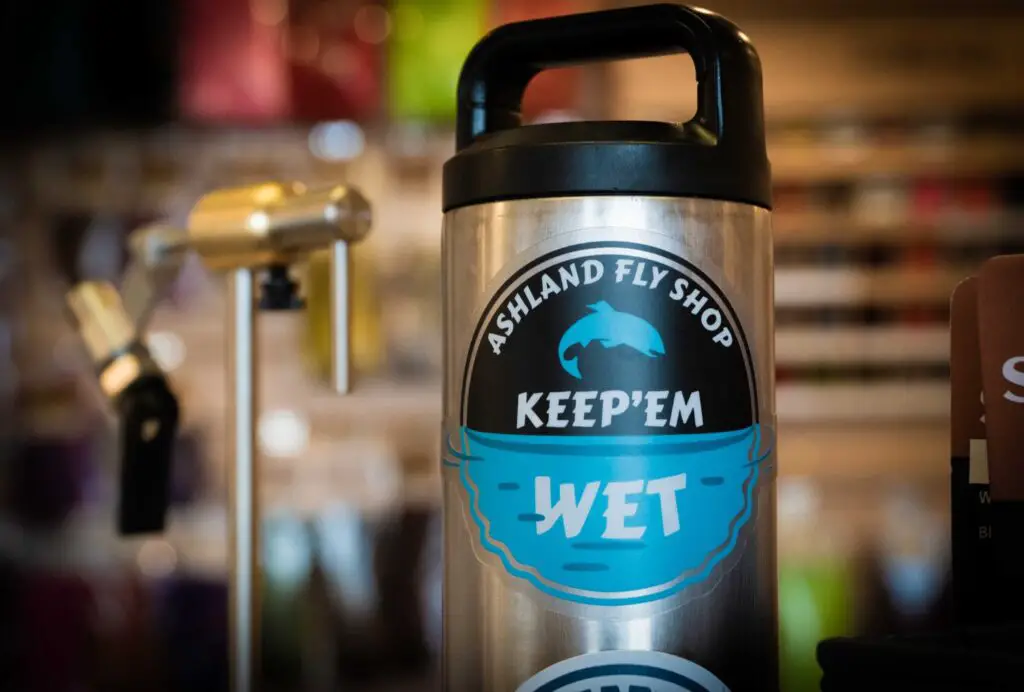
When it comes to managing fisheries in the wake of growing angling demand and increasing stressors on native fish populations, catch and release fishing is, far and away, the most widely practiced conservation method. This often voluntary form of conservation allows anglers, at the individual and population level, to minimize the impact that recreational angling has on an area while still maintaining the important social and economic benefits fishing has to society.
Voluntary is the keyword in this statement as, unlike the majority of government-promoted movements, catch and release has been fully embraced by the angling community and has spawned a fishing culture of its own.
In the same Canadian study mentioned above, 66% of the 195 million fish caught in 2015 were released by anglers and only 5% of anglers said they had never practiced catch and release. That’s 128.7 million fish that were returned to the waterways, rather than eaten or killed – with the vast majority of these fish being returned voluntarily. Similar figures can be seen in the United States, where over 65% of freshwater and 64% of saltwater fish were returned to the water to be caught another day.
Post-Release Mortality of Angled Fish
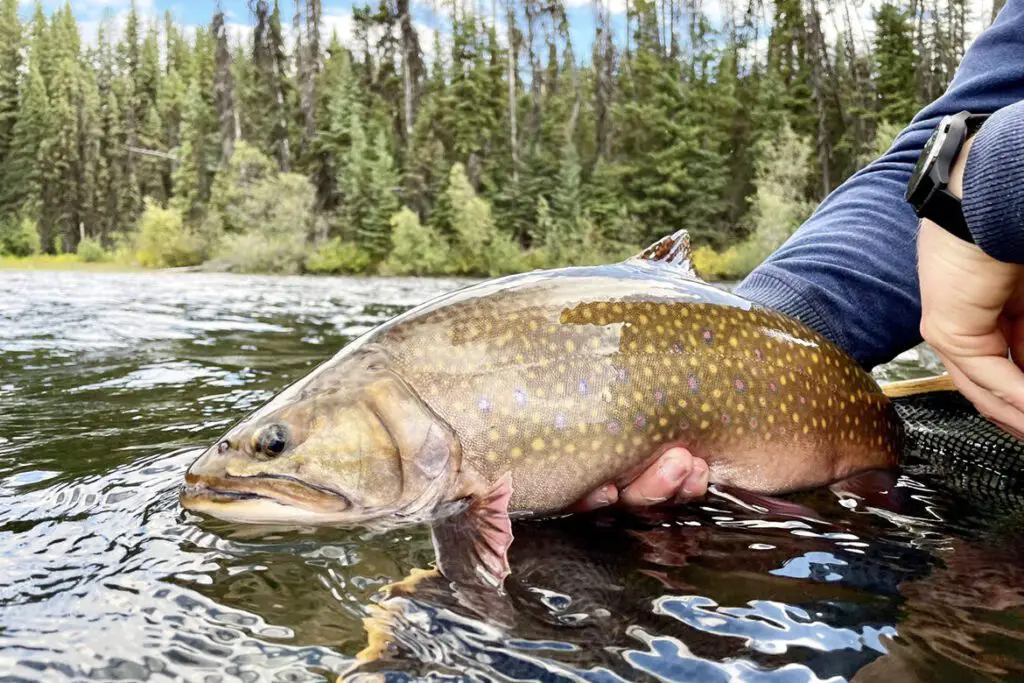
One of the most frequent criticisms of catch and release fishing is related to post-release mortality, or fish dying after they are released. In fact, this is PETA’s primary argument in their case against the activity, citing that “Studies show that fish who are caught and then returned to the water suffer such severe physiological stress that they often die of shock”. Thankfully, science does not quite support this claim.
In an Ontario study conducted in 2005, a compilation of decades of research showed that out of 120,000 fish studied, just 16.2% of the fish returned to the water had died as a result of angling-related causes. This number, though already significantly lower than PETA’s claim, drops even further when angling methods and weather conditions are considered.
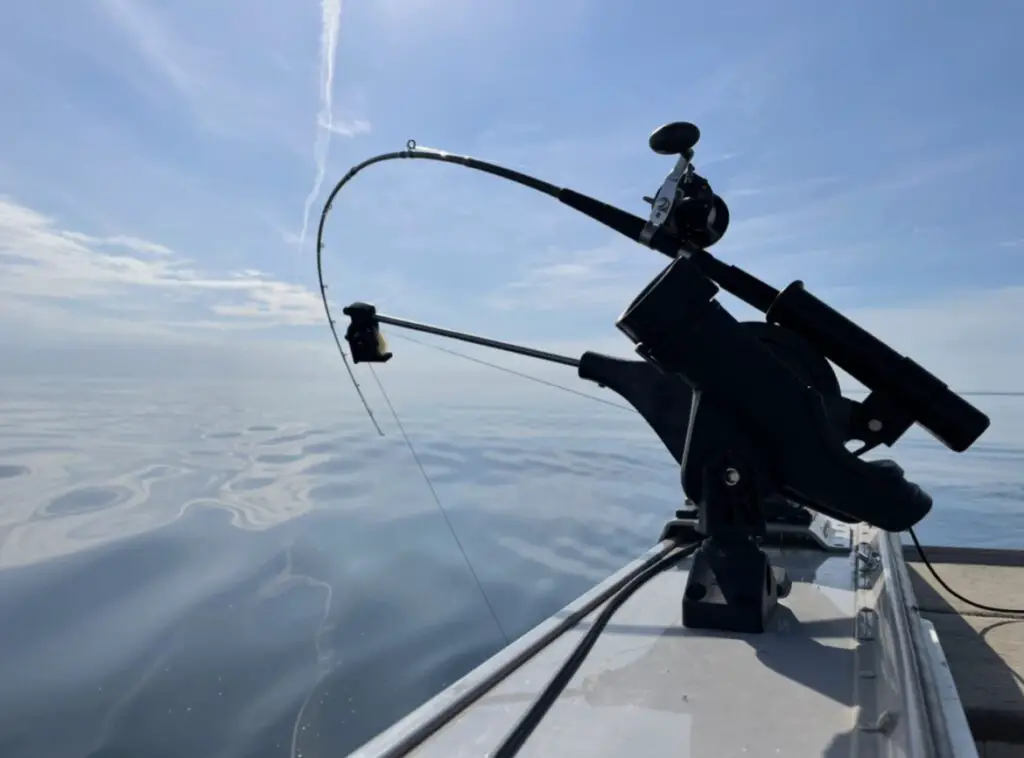
The study showed that the species and capture methods are extremely indicative of how high the mortality rates would be. For the often fly-caught, well-handled species such as Brown Trout and Cutthroat, for example, survival rates were well over 99%. On the other hand, for downrigged, deep-water fish such as Chinook Salmon and Lake Trout, the mortality rates were much closer to the 16% average.
Water temperature was also deemed a major factor in predicting mortality rates. Across dozens of studies examined, fish caught in warmer water showed significantly higher post-release mortality rates than those caught in colder conditions. In a 1982 study, it was shown that the mortality rates of angled Cutthroat went from 0% to 8.6% when water temperatures rose above 46 degrees. Similar results were later replicated for studies that examined the temperature of the air, rather than the water, suggesting that extreme temperatures, both in and out of the water, can lead to higher mortality rates in released fish.
Do Fish Feel Pain?
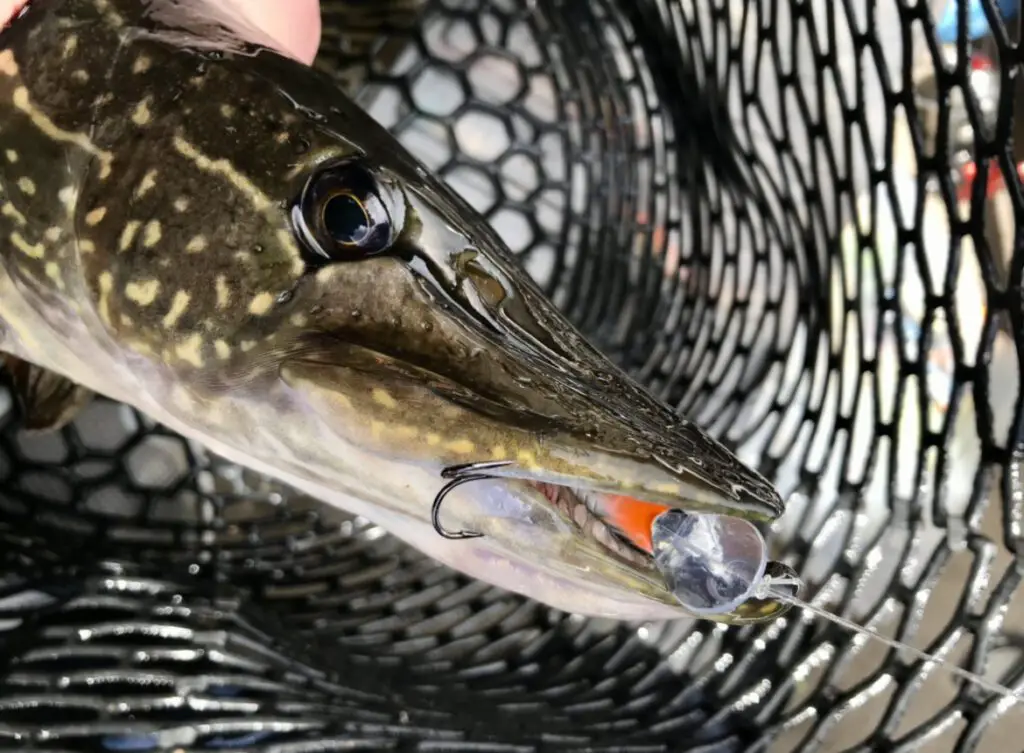
This is a topic deserving of its own article, but it is worth discussing briefly here as well as it is commonly taken for granted by those who oppose recreational fishing.
Anthropomorphism is a term used to describe our tendency to apply human traits to non-human animals and objects. This is thought to be an unavoidable psychological trait in humans, long used to explain things we do not understand. Although this phenomenon is often used to explain things like why we see faces in clouds or teach children lessons using talking animals, it also explains why we assume animals feel things the same way we do. After all, a fish hook through the mouth must be as painful for a fish as it is for us, right?
In a 2012 study, researchers looked to examine this very question and attempted to determine, from a scientific perspective, whether fish feel pain the same way we do.
The study eventually concluded that this was highly unlikely. For starters, many fish are missing what are known as C Fiber Nociceptors – the nerves that are responsible for conscious and excruciating pain in humans. This is put on full display when fish go back to feeding immediately after being released and bite a bait that had just hooked them seconds earlier.
This behaviour, however, does not mean that fish do not feel any pain at all. The same researchers were able to show that many fish species do possess A-delta Nociceptors. These nerves are responsible for fast, less-unpleasant types of pain that are designed to trigger escape and avoidance, similar to what humans experience when they pull away from a hot stove before any serious pain is actually felt. The slow, long-term pain that humans would feel in the hours following touching the same stove is caused by the C fibres that are not present in fish.
This means that when a fish bites a hook, they are not so much feeling pain, but rather a signal that what is happening is not likely to end well. Furthermore, based on experience as an angler, the memory of these feelings is not long and they often go back about their business shortly after the pain has been relieved.
What Happens to Fish Once They are Released?

Another aspect of PETA’s claim that is worth addressing is in their assertion that angling causes “gills to collapse” and “fish to suffocate”. In the same Ontario study cited above, this claim was examined and, in fact, did show that fish kept out of the water for long periods of time or fought to exhaustion can experience gill lamellae collapse, though this is often not fatal.
Aside from gill collapse, one of the primary concerns with post-released fish is the increased rate of predation after a fish is released. This occurs due to a lactic acid build-up caused by prolonged stress and can often cause the fish to lose its ability to swim in bursts for approximately 24 hours. This is especially concerning when it comes to tournament fishing as hundreds of fish are returned to the same place after a day full of stress in the livewell. Despite this, however, modern bass tournaments still see mortality rates close to the 16% average when conditions are favourable.
How to Improve the Survival Rate
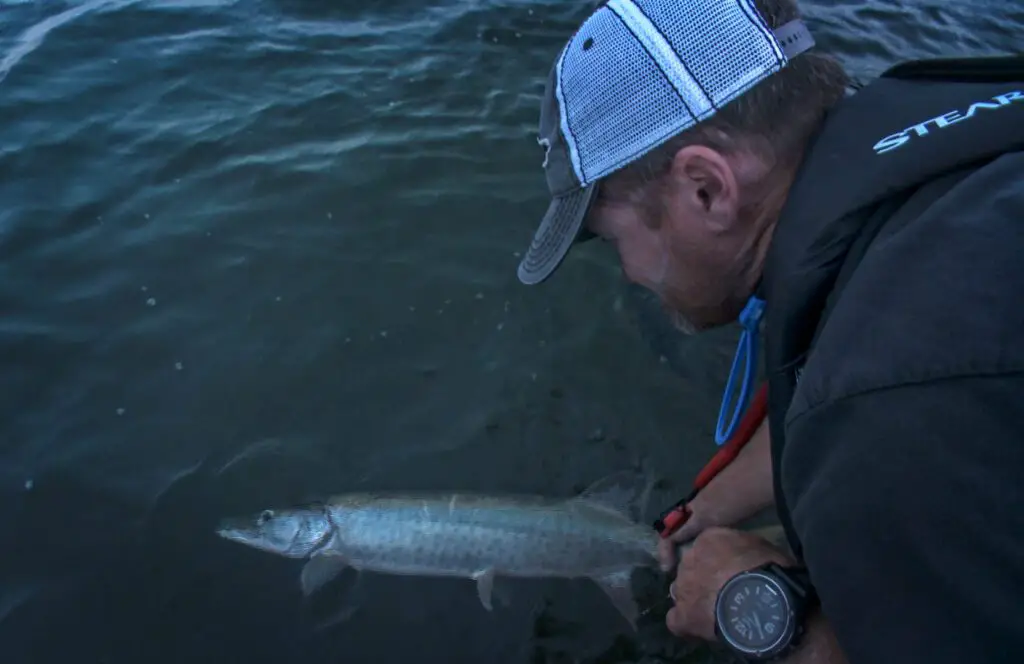
The realities of the factors listed above are valid criticisms of catch and release fishing, but, as shown time and again, they are all avoidable. Decisions made by the individual angler are able to drastically improve the survivability rates of caught and released fish and can often reduce fish mortality to near zero.
Decisions like not fishing for trout in the middle of summer, for example, can ensure that these more sensitive species don’t die as a result of the warm water and the use of barbless or circle hooks can help avoid injury to fish that often receive damage from clunky fishing gear. Fishing with properly weighted rods and line can also avoid overexerting sensitive fish such as Muskie and Steelhead and reduce “fight-time” down to levels fish can recover from.
Finally, in the tournament bass world, penalizing poor fish handling and eliminating livewell time, as we see in the MLF, can drastically reduce the impact of a potentially highly exploitive industry and turn it into something that will only help to sustain the fisheries it relies so heavily upon.
In part 3 we’ll dive into the ethical questions around the sport and make the case why countries like Germany and Switzerland should reconsider their Animal Welfare laws as they pertain to fishing.
References:
Casselman, S. J. (2005). Catch-and-release angling: a review with guidelines for proper fish handling practices. Fisheries Section, Fish and Wildlife Branch, Ontario Ministry of Natural Resources.
Cooke, S., & Cowx, I. (2005). The role of recreational fishing in global fish crisis. Bioscience, 54, 857-859.
Dotson, T. (1982). Mortalities in trout caused by gear type and angler-induced stress. North American Journal of Fisheries Management, 2(1), 60-65.
Liddel, M., & Yencho, M. (2020). Fisheries of the United States, 2018.
Rose, J. D., Arlinghaus, R., Cooke, S. J., Diggles, B. K., Sawynok, W., Stevens, E. D., & Wynne, C. D. (2014). Can fish really feel pain?. Fish and Fisheries, 15(1), 97-133.






2 Responses
This has been a most informative article and we definitely could use more articles like these in ” Fishin Canada ” instead of a 2 hr long blab that is never retained. I have one question that no one can seem to answer and that is when ice fishing and you pull a Walleye out of the water. I have been told by some anglers that there eyes instantly freeze and they are now blind and because they were not slot size they get put back in the water with no vision to be able to forage ?? No, before you ask, I have no use for ” Peta ” they are usually so far out in left field there is no common sense to them in MHOP. I have been an active fisherman now for over 72 years starting with my father. I do use barbless hooks but never realized until now about circle hook being a problem till your article. Thanks for this very informative article Pete.
Hi Tuggr2. I’m happy you enjoyed the article! The ice fishing question is very interesting and I definitely think it is relevant for those fishing without huts on exceptionally cold days. I guess the decision to fish on those days would come down to the angler, similar to those who forgo trout fishing when water temperatures rise above a certain threshold. I’m not sure if any research has been done on post-release mortality during ice fishing season, but if it has I’m sure Dr. Steven Cooke from Carleton would be one of the people behind it. He is usually very responsive to emails and might have more info for you.
In terms of your other comment, we understand that podcasts aren’t for everyone but if you prefer written articles we still have plenty of new content on fishncanada.com every week. In fact, this article has two more parts that you might enjoy!
Thanks again for the comment!